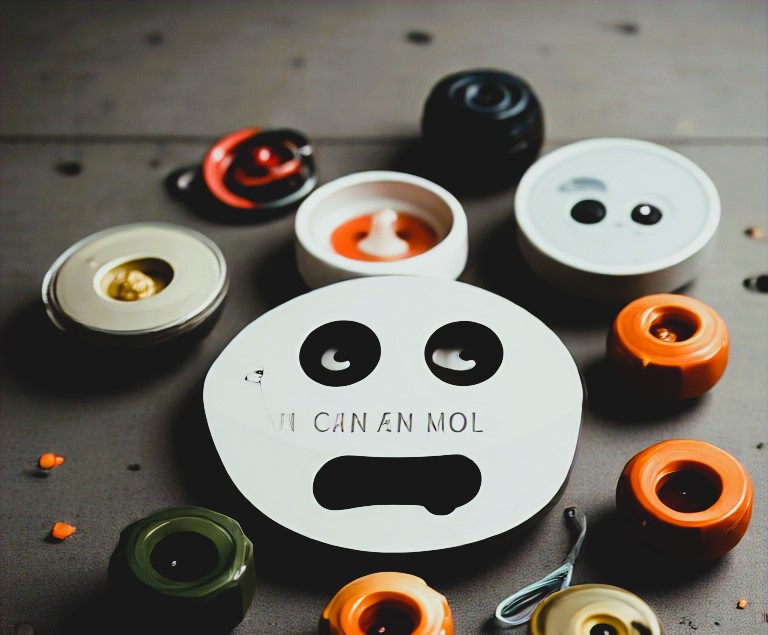Recognizing and Addressing Actionable Negative Moods: A Guide to Mental Wellbeing in 2025
Negative moods can affect anyone, regardless of their background or circumstances. To maintain good mental health, it’s essential to recognize the symptoms, understand the causes, and know how to address them. In this article, we’ll explore the symptoms, causes, diagnosis, and available treatments of negative moods.

Recent research published in Psychological Science (Millgram et al., 2023) suggests that it is more difficult to deal with negative emotions if we don’t know what is causing us to feel anxious, angry, or depressed. If we know the cause of our negative feelings, there is good evidence that we can better deal with them and lessen them.
What are Negative Moods?
Negative moods refer to a range of emotional states characterized by feelings of sadness, anxiety, irritability, or hopelessness. These moods can be intense and overwhelming, affecting a person’s daily life, relationships, and overall well-being.
Symptoms of Negative Moods
The symptoms of negative moods can vary from person to person, but common signs include:
Persistent feelings of sadness or hopelessness

Loss of interest in once enjoyable activities
Changes in appetite or sleep patterns
Fatigue or low-energy
Difficulty concentrating or making decisions
Irritability or restlessness
Physical symptoms like headaches or stomach problems
Causes of Negative Moods
Negative moods can be triggered by a combination of factors, including:
Genetics: Family history can play a role in the development of negative moods
Brain chemistry: Imbalances in neurotransmitters like serotonin and dopamine can contribute to negative moods
Life events: Traumatic experiences, stress, or significant changes can trigger negative moods
Medical conditions: Certain medical conditions, such as hypothyroidism or chronic pain, can contribute to negative moods
Substance abuse: Alcohol or drug abuse can exacerbate negative moods
Diagnosis
Diagnosing negative moods can be challenging, as the symptoms can be similar to those of other mental health conditions. A mental health professional will typically use a combination of the following methods to diagnose negative moods:
Physical exam: To rule out underlying medical conditions
Psychological evaluation: To assess mental health and identify symptoms
Questionnaires and rating scales: To measure the severity of symptoms
Treatments for Negative Moods
Fortunately, there are effective treatments available for negative moods. These include:
Psychotherapy: Talking therapies like cognitive-behavioural therapy (CBT) or interpersonal therapy (IPT) can help individuals address underlying issues and develop coping strategies
Medications: Antidepressants or mood stabilizers can help regulate mood and reduce symptoms
Lifestyle changes: Regular exercise, healthy eating, and sufficient sleep can help improve mood and reduce stress
Relaxation techniques: Activities like meditation, yoga, or deep breathing can help reduce stress and anxiety
Effectiveness and Potential Side Effects
The effectiveness of treatments for negative moods can vary depending on the individual and the severity of their symptoms. While medications can be effective in reducing symptoms, they can also have potential side effects, such as:
Weight gain or loss
Sleep disturbances
Nausea or dizziness
Increased risk of suicidal thoughts
It’s essential to work with a mental health professional to find the right treatment plan and monitor any potential side effects.
Negative moods can be challenging to navigate, but with the right diagnosis, treatment, and support, it’s possible to manage symptoms and improve mental well-being. By recognizing the symptoms, understanding the causes, and seeking help, individuals can take the first step towards a happier, healthier life.
Resources
National Institute of Mental Health (NIMH)
American Psychological Association (APA)
Mental Health America (MHA) – [(link unavailable)]((link unavailable))
Remember, seeking help is the first step towards recovery. If you or someone you know is struggling with negative moods, don’t hesitate to reach out to a mental health professional or a support hotline.
Maintaining a Positive Mood: 10 Essential Tips to Follow in 2025
